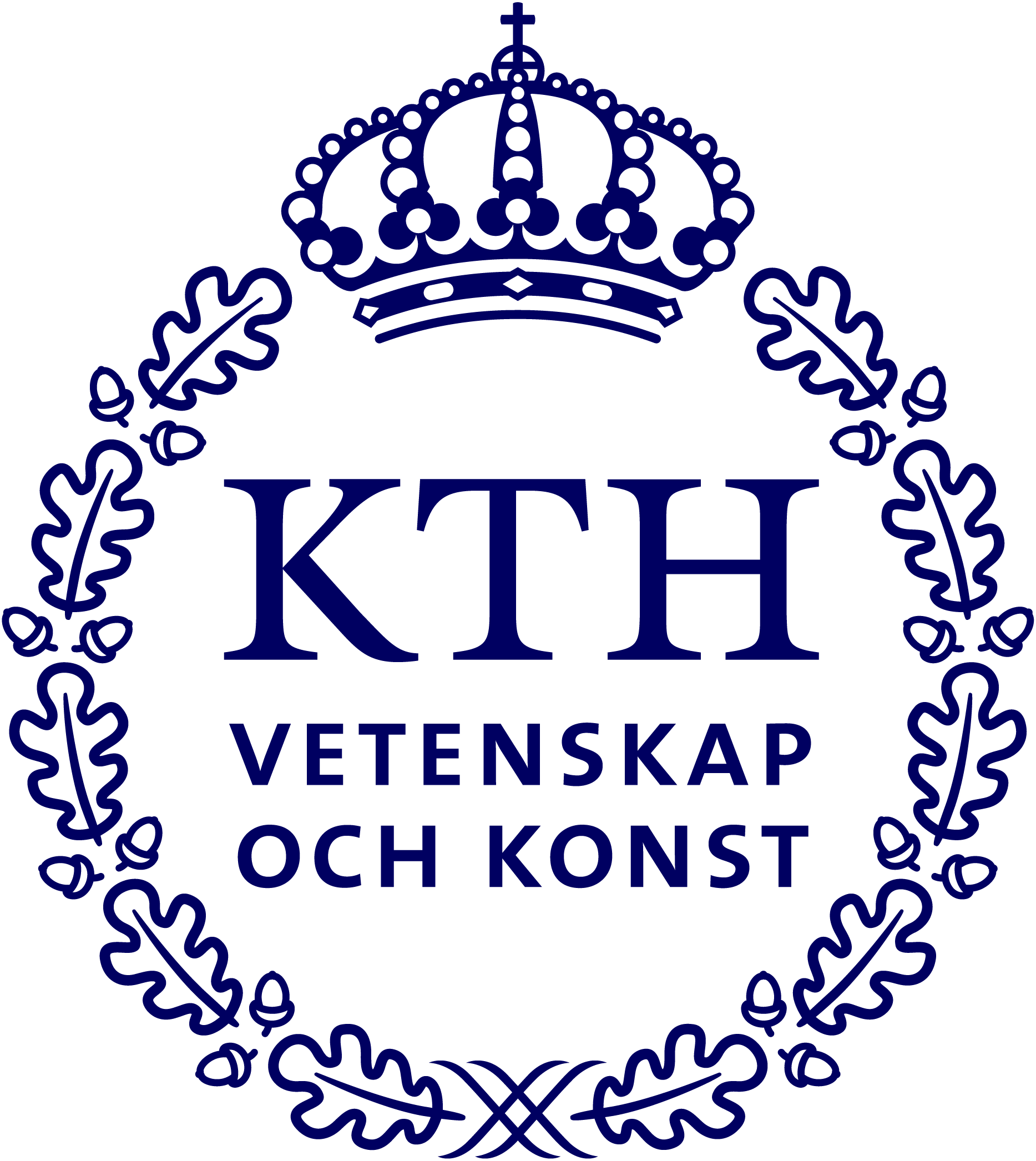Designing AI Technology for Interdependence with Sighted Guiding Companions
October 2022 – October 2024
Objective
This research project aims to design and develop an AI prototype that strengthens the collaborative work in the sighted guiding partnership. In sighted guiding, the guide bends and offers its arm to the person being guided. Their physical connection allows companions to accomplish navigation collaboratively. This project will advance perspectives that stress how access and independence are achieved through interdependence, opening up new opportunities to design AI-AT that supports cooperation between people through/with AI, better responds to people’s capacities, and therefore empowers people with VI in social life. Results will be technically innovative because of the increasing adaptability of AI-based AT to contextual, situational and personal factors and the capabilities of people with VI. This differs from previous approaches focused on object recognition and discrete tasks where the end-to-end scenario is easily defined.
Background
Over 30 million people live with Visual Impairments (VI) in Europe. Often this medical condition interferes with the individual’s abilities to perform activities of everyday life since in a world with a predominance of visual content, information access can be hard, tiring and frustrating. Nowadays, people with VI still suffer from exclusion, such as marginalisation and powerlessness, in an increasingly digitalised society. People with VI are early adopters of Assistive Technology (AT), and AI-based AT (e.g., smartphone applications) plays an increasing part in their daily lives. In Human-Computer Interaction (HCI) research, increased attention has been given to independent navigation. Here, AI technologies aim to solve a functional task, where the user follows turn-by-turn instructions to successfully reach a destination and receive physical spatial information, such as the identification and proximity of obstacles and landmarks. A promising alternative approach builds on the interdependence framework that sees AT as a way to extend the relations between one another, focusing on how actors are made more or less able, relationally, through other actors and through AT.
About the Digital Futures Postdoc Fellow
Beatrice Vincenzi, University of London, is a postdoc in the Interaction Design research group at KTH Royal Institute of Technology. She is interested in inclusivity and designing AI assistive technology for/with people with disabilities. She is passionate about exploring design methods which make space for accessibility, interdependence, and AI.
Main supervisor
Marianela Ciolfi Felice, KTH
Co-supervisor
Sanna Kuoppamäki, KTH
Contacts

Beatrice Vincenzi
Digital Futures Postdoctoral Fellow, Postdoc project: Designing AI Technology for Interdependence with Sighted Guiding Companions
bvin@kth.se
Marianela Ciolfi Felice
Assistant Professor in Interaction Design at KTH, Supervisor: Role of data-intensive methods in health advocacy efforts for disabled communities, Former Main supervisor: Data Work in Grassroots Community Organizing for Disability Justice, Digital Futures Faculty
ciolfi@kth.se
Sanna Kuoppamäki
Assistant Professor, Division of Technology in Health Care at KTH, Co-PI of research project Advanced Adaptive Intelligent Systems (AAIS), Co-Supervisor for Postdoc project Personalized Companion Robot for Open-Domain Dialogue in Long-Term Elderly Care, Digital Futures Faculty
+46 8 790 97 31sannaku@kth.se


